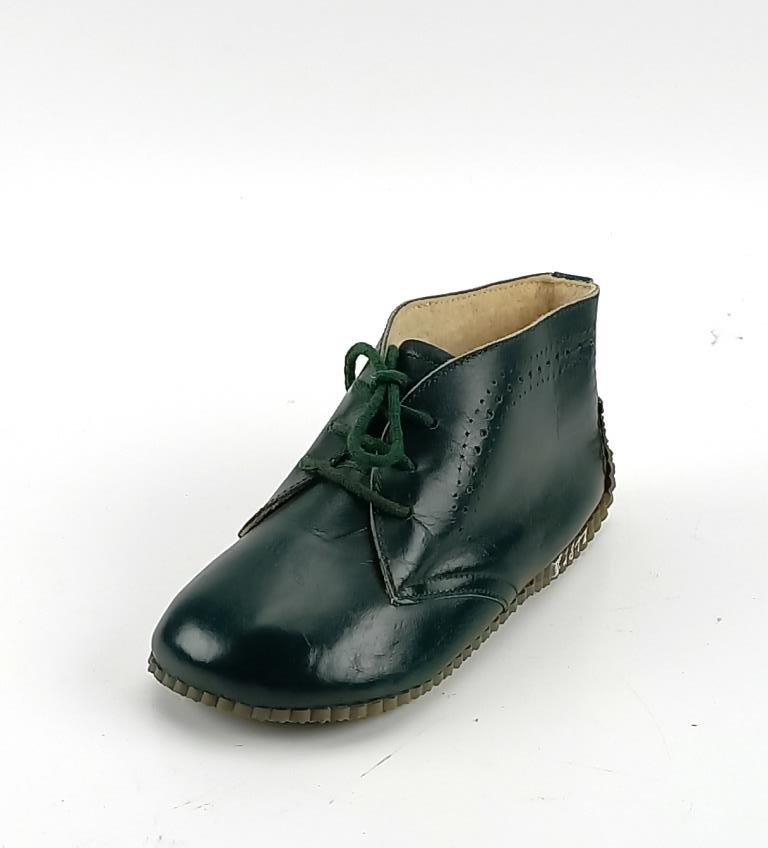In den Kollektionsangeboten der VEB Schuhfabrik „Banner des Friedens" wurde der Schuh im 2. Halbjahr 1965 als Kleinkinder-Lernlaufschuh Bummi, 1. Halbjahr 1966, als Kleinkinder-Stiefel „Bummi" und 2. Halbjahr 1966 als Kleinkinder-Stiefel mit der Artikelnummer 1862 aufgeführt. Schaftmaterial ist Boxcalf, glatt. Als Boxcalf wird das vom Kalb gewonnene Leder bezeichnet. Alle Schuhe der Reihe wurden mit der Leistenform 17 und Weite 4 hergestellt. Der Schuh in Derby-Form hat ein wärmendes Innenfutter mit der Nummer „14 ½ 989 1862 8" in brauner Farbe gestempelt. Um eine bessere Stabilität zu erreichen, wurde die Poro-Laufsohle an der Ferse hochgezogen. Unter der Ferse eine Porokreppschicht, die einen kleinen Absatz andeutet.
en

